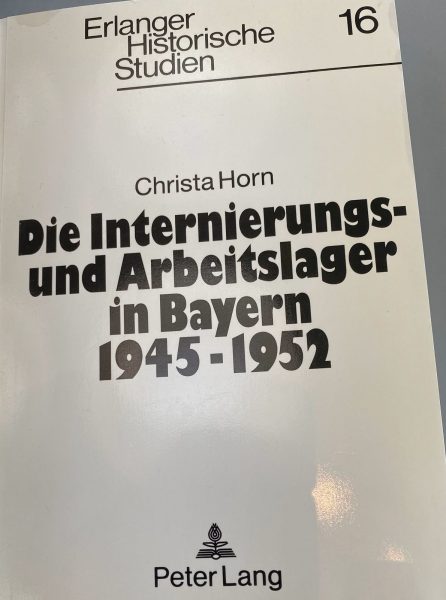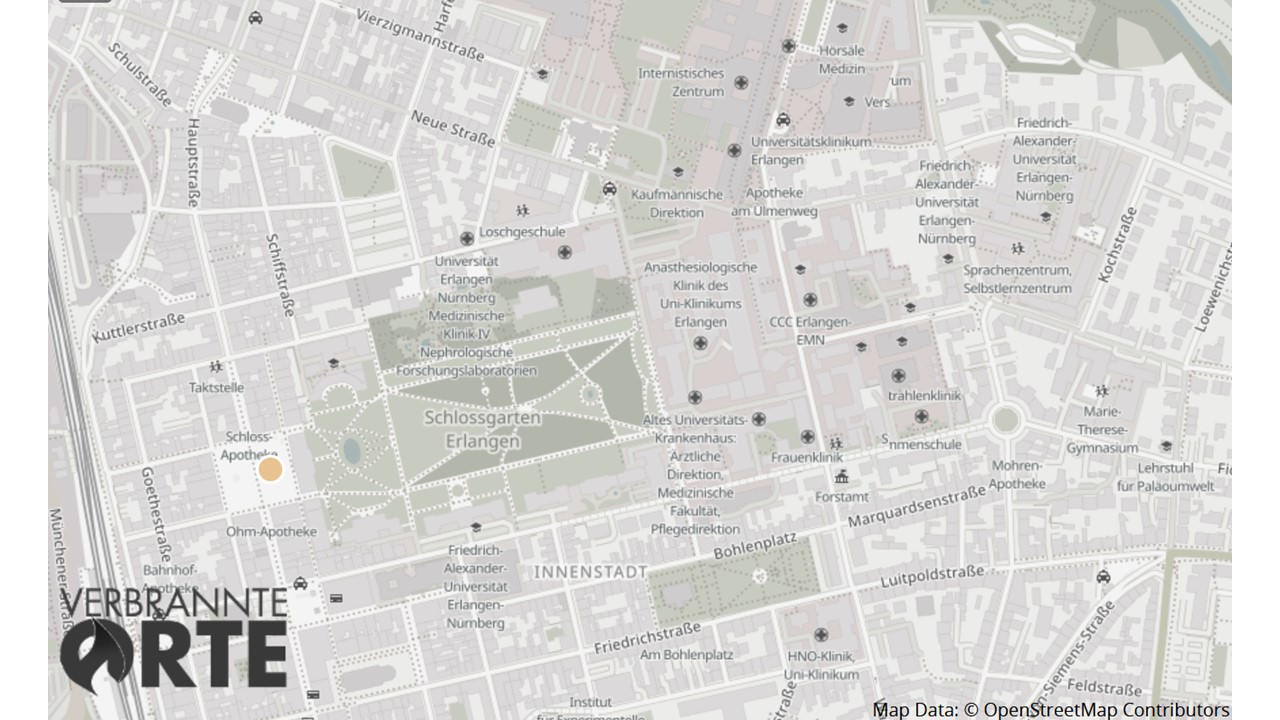It seems like a horrific idea to talk about the need of war. We might have deemed it outdated to read about the terrible love of war or about the strategy of war. However, the time of war is back in Europe and Eastern Europe feels the real threat and Ukraine the bombs hailing from Russia. Why does Putin love war? The love of war is largely driven by domestic issues. Staying in power for unliked authoritarian leaders is easiest if they indulge in external conflicts. Dictators love war because it makes it easier for them to sustain leadership through brutal force within the country due to a proclaimed external threat or even outright engagement in war. Democratically elected leaders know that they will leave office eventually in a peaceful way (exceptions like Trump are rare). Dictators use any force or terror necessary to stay in power. The love of war is part of this.
Hence, the need of war goes without questioning, if a country in decline or at risk of decline tries to uphold an inefficient, belligerent regime. Beyond rational reasons, such regimes will abuse ideation about national pride, the national interest and anything pertaining to some supposed myths of nationhood to justify its need of war. The dictators have all failed eventually as resistance against this need of useless war is found out by enemies either within or externally. But thousands or millions of victims will suffer. The pressure against the need of war has to rise internally from opposition as well as from alliances of democracies that do not need war to motivate their people to achieve the best they are able to deliver.
Therefore, the defence of democratic rule is, at the same time, a fight against the need of war by some doomed regimes. After winning the war comes the difficult task of winning peace. This means to create a state of affairs and a state of mind that can do without the need of war. If the external threat diminishes the internal threats might rise and have to be contained as well. Lots of challenges, even for mature democracies. (Image: Berlin 2022-10)

Winning Peace
Most analysts of international conflicts deal with winning or losing a war. At best they deal with short-term versus long-term versions of winning and losing. However, the question of how to win or achieve a lasting peace is rarely researched. Research on the 2nd World War reveal as soon as the turning point of the war was achieved the preparation of what will come after defeat. Organising humanitarian relief is part of warfare. The U.S. has set a good example of how to organise humanitarian aid as well as ensuring a lasting peace in Europe after the 2nd World War. Lots of books have been written on the Marshall Plan to get the economies in Europe (Western Europe) back to producing. Much less attention has been devoted to the important element of “de-nazification” of whole societies.
To win peace after the monstruous crimes of the Nazi-regime and the millions of followers and ruthless fighters was a challenge without precedents. The U.S. gave a good example of how to handle the process of winning peace in the regions under its military authority. In the following I shall refer to work published by Christa Horn (1992) “Die Internierungs- und Arbeitslager in Bayern 1945-1952”. The Allies had agreed upon to pursue war criminals. In April 1944 the Supreme Headquarters Allied Expeditionary Forces published the “Handbook for Military Government in Germany”. It was deemed important to detain “certain government and party officials and members of police and para-military formations” (p.17).
Common to demilitarisation efforts after a war, it is the primordial function to reduce the risks of a renewed uptake of guerilla-like attacks due to the amount of arms still widely available or hidden on the enemy’s territory. The document specified further that the continued presence of Nazis in government and other exposed positions “might be a threat to the security of the Allied Forces or an impediment to the attainment of the objectives of Military Government in Germany” (Arrest Categories Handbook, P.2). Denazification was a means to an end. The size of the task was, however, underestimated at several instances. For example, the organisation of the arrest and detention of more than 100.000 persons was a difficult task. After the end of fighting the transition to peace is not instantaneous. Hierarchical military and party structures had to be dismantled. The so-called “automatic arrest” issued on 13.4.1945 included all grades from the NSDAP down to the “Kreisleiter” or even “Ortgruppenleiter” as well as SS members and their “Helferinnen” (Horn, 1992 p.21). These arrests without judicial procedures came under critic as not-American in the U.S., but it took until 10.10.1948 to abandon this procedure. The literature on the issue refers more to the lack of adequate judicial procedures to handle such so many legal procedures with qualified persons as well as the difficulty to organise detention camps for more than a hundred thousand persons that should deserve to be prosecuted. Handing over to the national or regional judicial instances was, therefore, an important step. The risk to abandon the process of “denazification” was evident, but it was equally important to counter the expansion of the Russian-domination in Eastern Europe with the help of a strengthened Western Europe. Winning peace is a delicate balance of prosecution through the winners of the war and the subsequent prosecution of criminal actions through the indigenous population and its new institutional and judicial setup.
Social Sciences have a lot of solid insights to offer to win peace. With careful consideration they are helpful to learn from even for current international affairs and raging wars. Demilitarisation is only a small part of winning peace. Changing mind sets to internalise humanitarian values remains the biggest challenge and involves more than one generation. 
Bücherverbrennung1933
AutorInnen sind nicht nur eine seltene Spezies. Es ist auch eine gefährdete Art. Die Macht des geschriebenen Wortes wird und wurde seit langem von Diktatoren und Autokraten gefürchtet. Dabei sind die Nationalsozialisten besonders zu erwähnen. Auf der Frankfurter Buchmesse in 2023 gibt es wieder eine Präsentation und kleine Ausstellung dazu. Unter dem Titel „Verbrannte Orte“ kann online recherchiert werden, an welchen genauen Orten die abscheulichen Vorboten von noch viel größeren Verbrechen begangen wurden. Bereits 3 Monate nach der Machtübernahme zelebrierten die Verächter der freien Meinungsäußerung mit den Bücherverbrennungen Einschüchterungsversuche. Auch im Jahr 2023 bleibt das eine Mahnung, früher und entschiedener gegen solche Taten einzuschreiten. Auf der Internetseite „Verbrannte-Orte“ ist eine Karte der gelisteten Bücherverbrennungen verfügbar. Beispielsweise für Erlangen bei Nürnberg zeigt die Karte den Schloßplatz nahe den medizinischen Instituten als Tatort (siehe unten). Mit seiner beträchtlichen Anzahl von gewaltbereiten, schlagenden Studentenverbindungen in den 1930er Jahren ist das wenig überraschend. Dazu findet sich heute zumindest eine Plakette dort, die an diese Schandtaten erinnert.
Wenn Frankfurt wieder die Neuheiten auf dem Büchermarkt feiert, sind wir froh die Internationalität und Toleranz zu feiern. Auf dem Römerberg in Frankfurt befindet sich ebenfalls eine Plakette, die die Erinnerung an diese von Studenten vielfach ausgehenden und befeuerten, hässlichen Aktionen wachhält. Strafrechtliche Konsequenzen müssten wohl erst noch genauer recherchiert werden. Da scheint die Rechtsprechung noch nicht viel weiter entwickelt zu sein. Verletzungen des copyrights bei Büchern wird verfolgt, aber eine öffentlich verrichtete Verbrennung befindet sich in einer juristischen Grauzone. Für die Verbrennung des Korans in Schweden wurden zeitverzögert 2 unschuldige schwedische Fußballfans von einem islamistischen Fanatiker ermordet. Hass schürt weiteren Hass. Daran hat sich in den 90 Jahren seit den Bücherverbrennungen in Deutschland wenig geändert. Die Schauplätze ändern sich. Eine Wiederkehr auch nach Deutschland kann überhaupt nicht ausgeschlossen werden, da das gewaltbereite, rechtsextreme Spektrum weiterhin wächst.
Quelle: Julius H. Schoeps (Hrsg.); Werner Treß (Hrsg.): Orte der Bücherverbrennungen in Deutschland 1933; Olms Verlag; 2008; ISBN: 978-3-487-13660-8. Image: Erlangen in Verzeichnis „Verbrannte-Orte“. 

